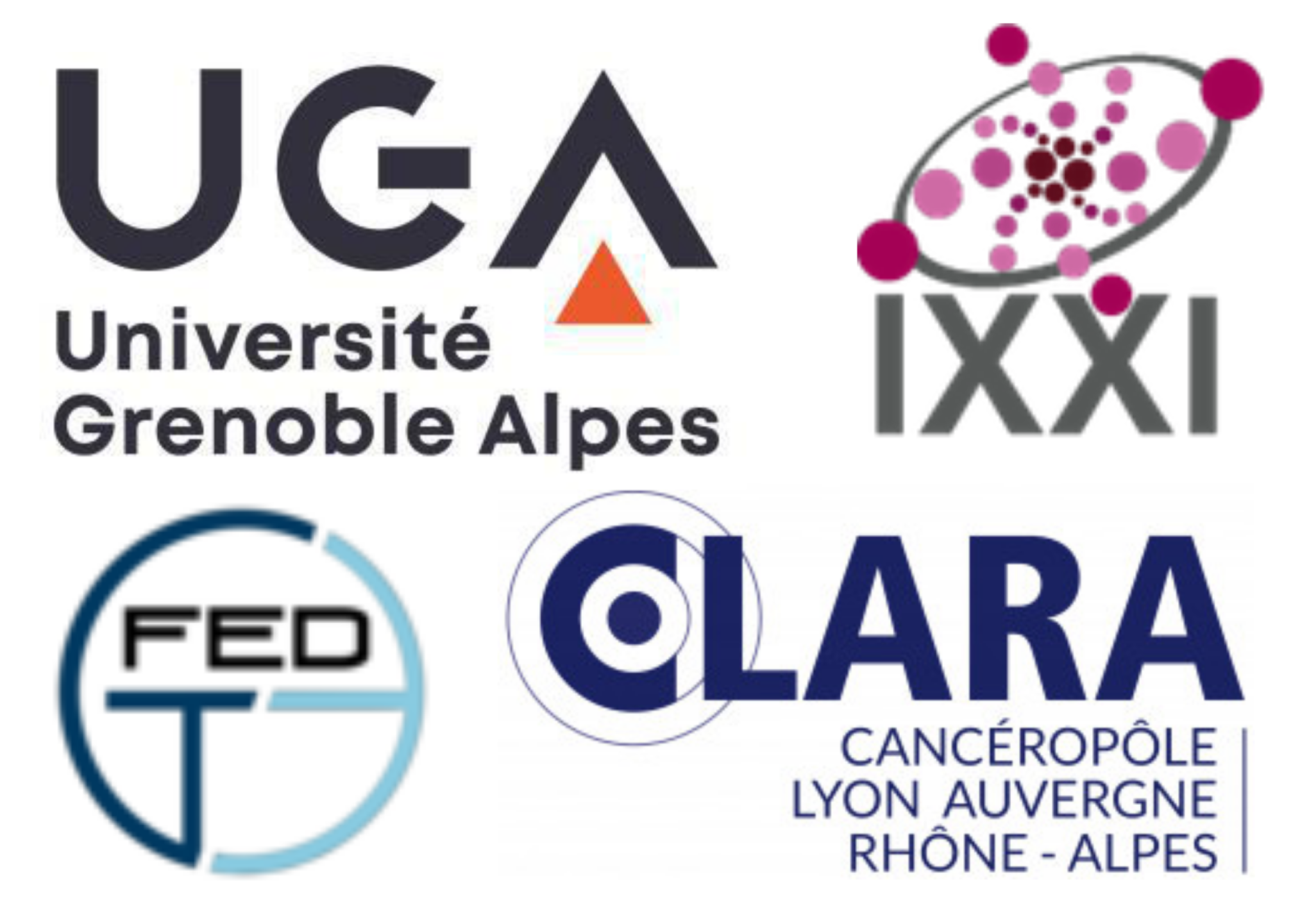In the past few years, the research on magnetic nanoparticles (MNP) in biomedicine has increased due to their potential as anticancer agents, as they can be used in minimally invasive therapies, such as magnetic hyperthermia [1]. However, the incorporation of MNPs into a biological environment has two significant limitations: MNPs tend to agglomerate, reducing their magneto-thermal capacity [2], and they are prematurely eliminated by endocytic mechanisms [3], limiting the efficacy of the therapy. For overcoming these two drawbacks, the fabrication of hybrid microdiscs (MDs) (polymeric-inorganic) as platforms to support the MNPs is presented. These MDs are formed by depositing an inorganic film (Au), a polymeric multilayer and a monolayer of magnetite (Fe3O4) NPs onto a sacrificial photolithographic template.
Initially, the fabrication of the mushroom-shaped photolithographic templates with different diameters (20 and 10 µm) were optimized to properly assembly and lift off the MDs with a monolayer of MNPs with minimal agglomeration [4]. In order to demonstrate the suitability of the fabricated microplatforms for biomedical applications, in vitro experiments were performed on colon cancer-derived cell line (HCT116), demonstrating the high resistance of the MDs to endocytosis and their good biocompatibility in the cell medium. In vitro magnetic hyperthermia experiments were also carried out, using 1-2 MDs/cell being a lower concentration of MNPs than usually is used, but no statistically significant cell death was achieved. With the aim of improving the efficiency of the magnetic hyperthermia treatment in vitro, microdiscs of a considerably smaller size (1-2 µm) were manufactured to increase the MDs/cell rate and enhance the number of MDs in contact with the cell surface to make the hyperthermia treatment more efficient. The photolithographic templates for the fabrication of the smaller MDs, were obtained using the deep ultraviolet (DUV) lithography technique and the step of the process where the assembly of the polymeric multilayers and monolayer of MNPs is performed has been optimized to obtain an efficient lift off.
[1] Y. Park et al., Small. 8, 2107808 (2022).
[2] M. Levy et al., Nanoscale. 3, 4402-4410 (2011).
[3] N. Feliu et al., Chem. Soc. Rev. 45, 2440-2457 (2016).
[4] I. Castellanos-Rubio et al., Nanoscale 10, 21879 (2018).


 PDF version
PDF version
